
Zine research no. 2




For my first design, i created a division between having have of my booklet on occupation, and the other half on liberation. I stuck to the typical 16 page A5 booklet which i created on InDesign and was set up in portrait style. Although i created this draft and had experimented with have a half and half booklet, i felt as if it didn’t link up very nicely and the two contexts were not very clear and it wasn’t as effective as i would have liked.
Screenshots of my first experimentation is below along with a reasoning of why i made certain choices in the photo book.
Page One and Sixteen
For the front and back of this zine, I decided to keep the design simple with no actual images which I have taken included. As seen I used a dark green colour to cover the back and front of the photo book as my thought is that green is a typical archive colour which is used on websites as well as other photo books I have seen. Although I like the simplicity of this colour as well as it giving off a well-respected vibe to the book I am unsure if I fully love it enough to keep it. I may decide to keep this colour theme going or choose another.


Pages Two- Seven
Due to wanting the first part of my photo book to represent the theme of occupation, I used three of best images from my ‘Jersey War Tunnels’ photo shoot as I felt as if it gave a clear representation of conditions people in the war lived in and guns/ helmets which German soldiers used during the time. These occupation items created a theme of realization, the objects such as the gun allowing outsiders to be put in the position people in the war were in, see things which they had to deal with everyday. As for the image of a living room, I wanted to include this image as I found it interesting as the set up included typical books on the bookshelf seen which are from the occupation, helping to vision household items seen in homes.
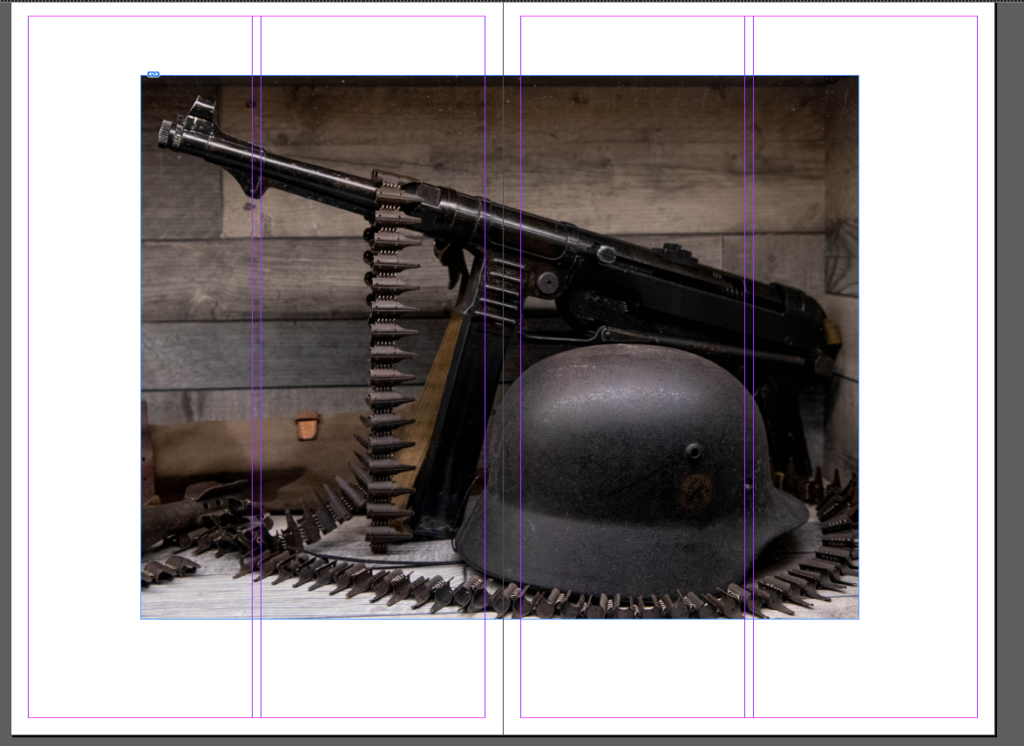


Page Eight and Nine
For my fourth page, I created a double page spread which included an image from my still-life occupation objects shoot. This image was created in the style of Rafal Milach and included two bandaid red pots, a book on the occupation of jersey and a real occupation ration pot. These elements were designed in front of a red and blue background with geometric frames also included in the image. This helped to add an element of style into what would have been a plain image.

Page Ten and Eleven
When creating my fifth double page spread, I left the left hand side of the page plain white to create a separation between the two different themes of occupation and liberation but had a simple title at the top of the page stating ‘Liberation’. On the right hand side of the page I included an image of speaker Joan who told us about Liberation Day which she experienced when she was younger, therefore i thought this was an appropriate way to introduce the next topic.

Page Twelve to Fifteen
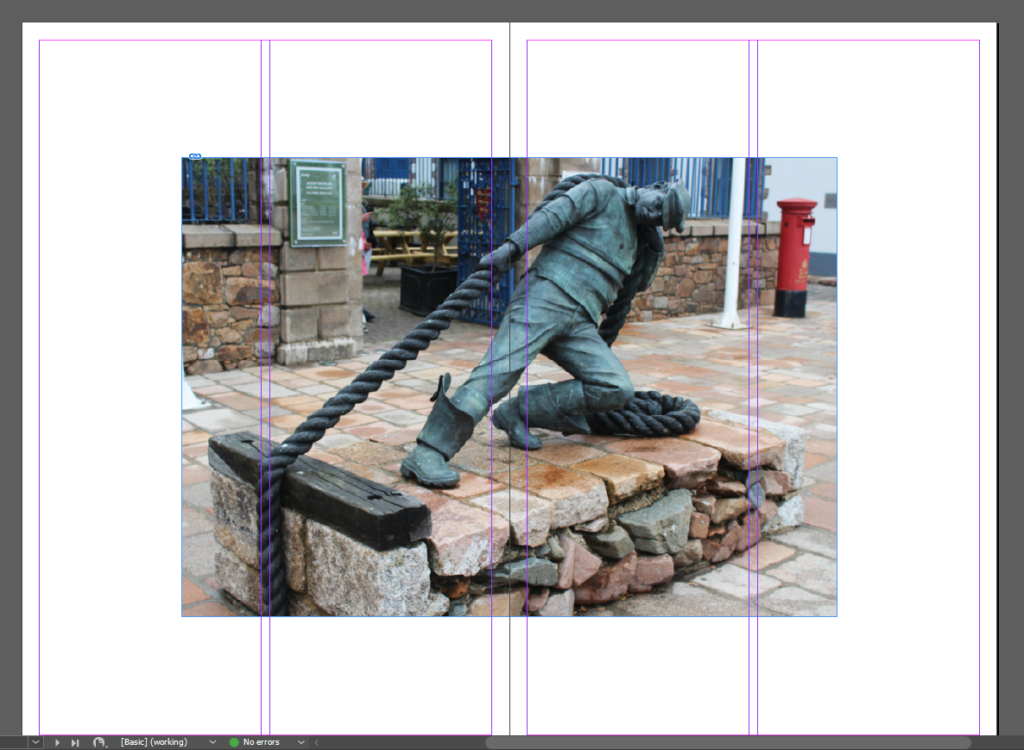

For my second zine, I plan to use Images which I took at the Jersey War Tunnels and Occupation Objects as I found that these images have been my best from my latest photo shoots. I think including Occupation Objects will be a way of making my zine personal as there objects I chose myself. In order to make it more personal I may include portrait images. I also plan to use relevant quoted from occupation survivor ‘Joan’ who spoke about her experiences in the occupation.
I’m not too bothered on my zine having a set structure to it, however I would like it to have a pattern in the images that are used. Example- Don’t have two images with quotes next to one another. I stuck to the typical 16 page A5 booklet which i created on InDesign and was set up in portrait style.
Page One and Sixteen


As seen, on the front of my page I have used a plain white page with a simple title “Occupation VS Liberation” which I liked as it adds simplicity to the front of the book and has no images distracting the title. In also felt like I needed the simplicity again at the end of the Zine and therefore left it the same.
Page Two and Three

I decided to full bleed this image as I thought it is one of my better images included in the book and that it should be showcased. The image also links to the occupation due to including an emergency kit with two pots of bandages and an occupation book. This image was part of my experimentation with Rafal Milach’s photography style, therefore including a coloured background and geometrical shapes which I think added to the image and the subject as the shapes give off the idea of the bandages being trapped linking to the idea that some people couldn’t get ahold of some of these items.
Page Four and Five

For the next page I decided to enlarge the image which was taken in my ‘Occupation Objects’ shoot. As seen, the image includes a British Red Cross Food Parcel as well as some stamps. I kept a boarder on page of this image which can be seen as white. This allowed for me to include a quote if I wanted to use one which can be seen on the top right hand corner. I chose the quote “Each family had a Ration Booklet which included removable stamps which were used to purchase essential food items” as it links to the food parcel as both the quote and image are to do with the shortage of food in Jersey.
Page Six and Seven

This third image is an image which was taken at Jersey War Tunnels and is a set up bedroom representing what a typical one would have looked like. I used this image to cover two pages as a double page spread to represent an actual living room.
Page Eight and Nine

I have included a portrait image of speaker Joan as she was very inspirational to our class and told us on her story of her time in the occupation. During her story she mentioned her mother having a secret radio which can be seen on the page next to her portrait (page eight). On page eight the radio is included as well as an old fashion bike light. I edited both these images black and white so they suited better.
Page Ten and Eleven

Page Twelve and Thirteen

For page twelve I wanted to make it a blank page so there was a separation from the image of page eleven, I liked the design of having a blank page. I arranged the typewriter image which was taken at Jersey War Tunnels to be covering only half of the image as I liked how the boarder around the image blended with the black page next to it.
Page Fourteen and Fifteen

I found that this image looked best spread over two pages therefore I placed it at the end of my zine due to having one similar at the beginning of my zine.
Overall I feel as if my second zine example is more successful than my first due to me learning from mistakes and edits in the first zine. Although the first zine shows more of a narrative than the second, I still do prefer the second due to the specific layout and the overall design of the piece as each image has a reason as to why its been placed there. I have been able to showcase an artistic approach throughout each zine and believe that I will stick with my decision to use my second zine as my final. However, sue to me thinking the white background for the front and back cover is too plain I will use my experimentation one front and back cover as it adds more to the zine.
Narrative
During my second photographic Zine, I plan to show the relation between the different photographic projects i had completed throughout the last couple of weeks. There will be a relationship shown between both portrait images as well as objects which will mostly be shown through page layouts where i will showcase aspects of the occupation, as well as liberation. I also plan to use one or two images from my ‘Home Sweet Home’ project from the Interior and Exterior shoot to pair with quotes which speaker Joan spoke about as I feel that having a homely background will help relate a quote and make it more personal. I would like the conceptual representation to be underlying in some cases, as well as being explicit which will help create both a clear and experimental narrative for viewers.
Sequencing
During this photo book, I have a desire to keep the layout/ sequencing of the book very simplistic in order for there to be no confusion when looking at the images. I plan to make one photo book with images from different shoots, ie. Joan shoot, Jersey War Tunnels, Interior Home Sweet Home, Still Life Images, and Occupation Objects. I will closely focus on showing a relationship between the different types of images, and ensuring that they all match the same concept as each other is placed on a page together. I will also focus on where the images will sit, either on a full double page, a single page, 3/4 of the page etc. This will also help for different concepts and help for my work to be creative. I have no plan for what i would like to have as my front and back cover, but i do know that i would like a very simplistic introduction to my photo book which will be aesthetically pleasing to look at.
What is a Zine?
Zine’s are self-published booklets which can made physically or using the app InDesign. Both ways are helpful in the sense that doing a zine physically allows you to cut, stick and glue the images you want in a specific or creative way. However, InDesign also helps to plan out what you layout will look like before printing the images and the booklet. Thoman Paine was one of the first individuals to first introduce the zine where he used it as a way of promoting ideas that contributed to the UK War for Independance.
Lorenzo Vitturi
Vitturi’s work is known to have a large use of bright and vibrant colors with unusual styled images. He does this in order to create unique images and present his style by using shapes and colours to create a certin narrative/feel to his images.
Mood Board of his work
Sam Ivin
Ivin’s work is seen to include portraits of people with edits of white blurs over their faces to strip them of their identity, helping to create a deep meaning of individualism.
Mood board of his work
From your Personal Investigation based on OCCUPATION vs LIBERATION write an overview of what you learned and how you intend to develop your Personal Study.
During our occupation vs. liberation theme I learned a variety of different skills and also built upon previously known skills. At the beginning, I explored the use of archives. I learned how they can be used to research in order to discover more about a certain topic area, which in my case was the occupation of Jersey. This was extremely useful as it allowed me to incorporate further depth of knowledge into my project.
Another practical skill that was built upon were technical camera skills. Shooting at locations such as bunkers improved my ability to photograph in low lighting, by controlling the ISO and aperture. When I moved on to researching the occupation further by meeting an individual who lived throughout the occupation, my portraiture skills also improved. I learnt how to build up a relationship with a stranger, and how to learn more about them in order to photograph them appropriately which is something I had not previously done before. In regards to editing and developing my images, I learnt how to use lightroom and Indesign in order to improve my images and create my zine, which is something I had very minimal experience with previously. I will be taking these research, practical and developing skills forwards in order to begin my own personal study.

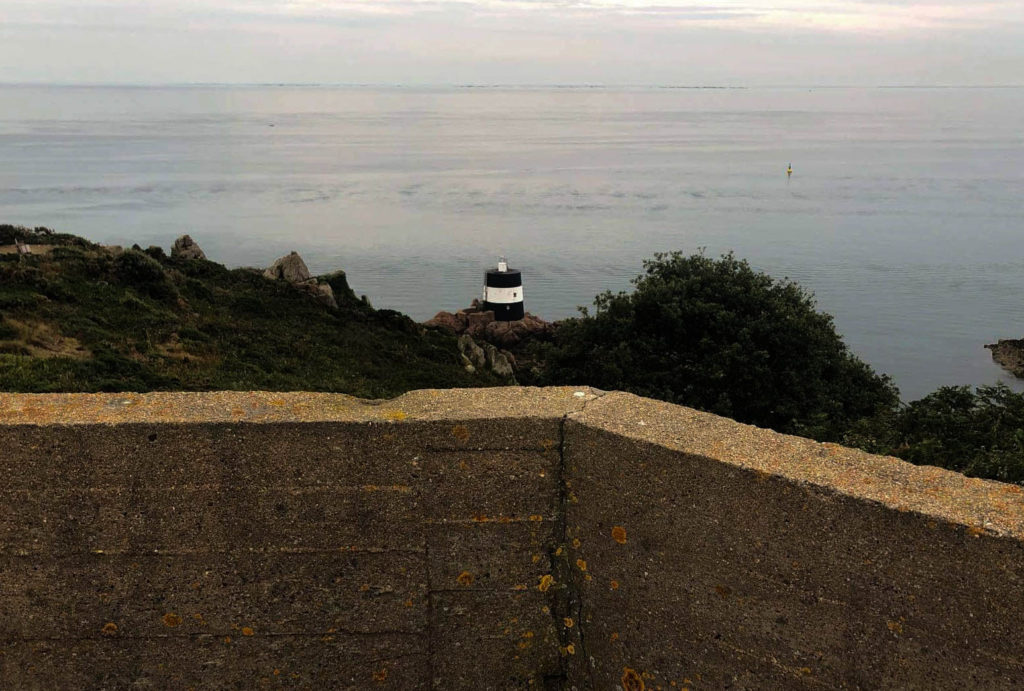
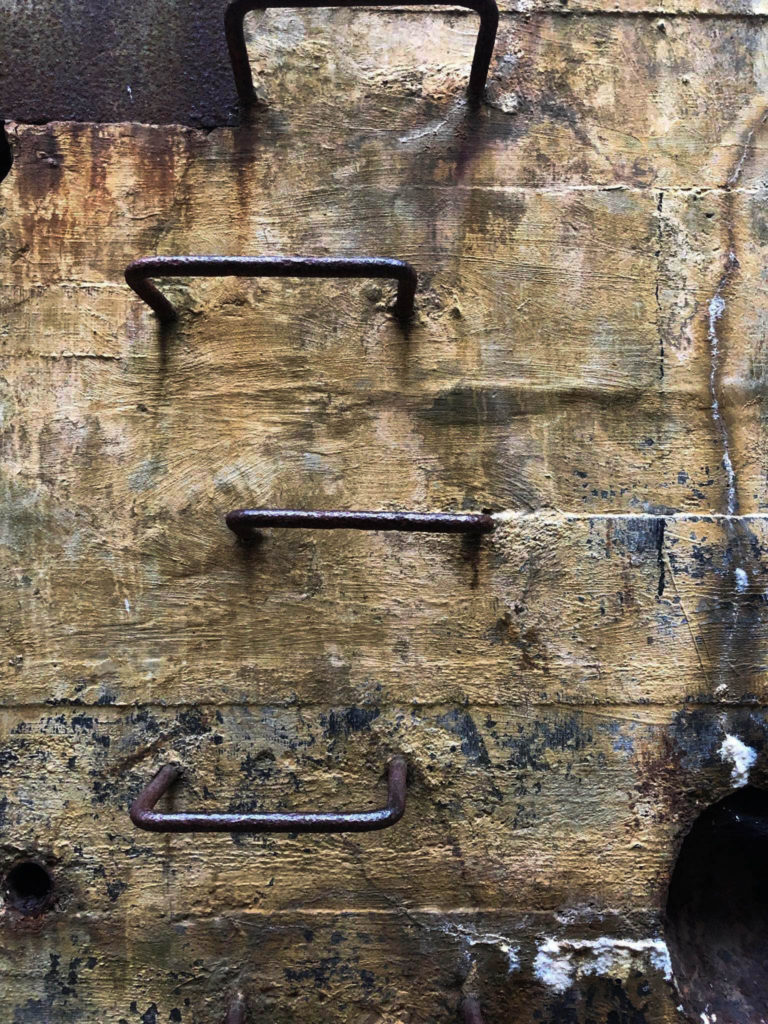
Describe which themes, approaches, artists, skills and photographic processes/ techniques inspired you the most and why.
I think the thing that initially inspired me the most during this specific theme was the research and the images I saw at the archives. I think this set the foundation for my project because it allowed to me gain a fundamental understanding and insight into what the occupation was like and how my project could reflect this. After this I was inspired by artists such as Klaus Pichler for the specific way he photographed still life, as this helped me better photograph occupation objects. Further into the project Rafal Milach inspired me to interpret my images of the occupation in a more creative way using colours and other props in order to express a sense of being trapped.
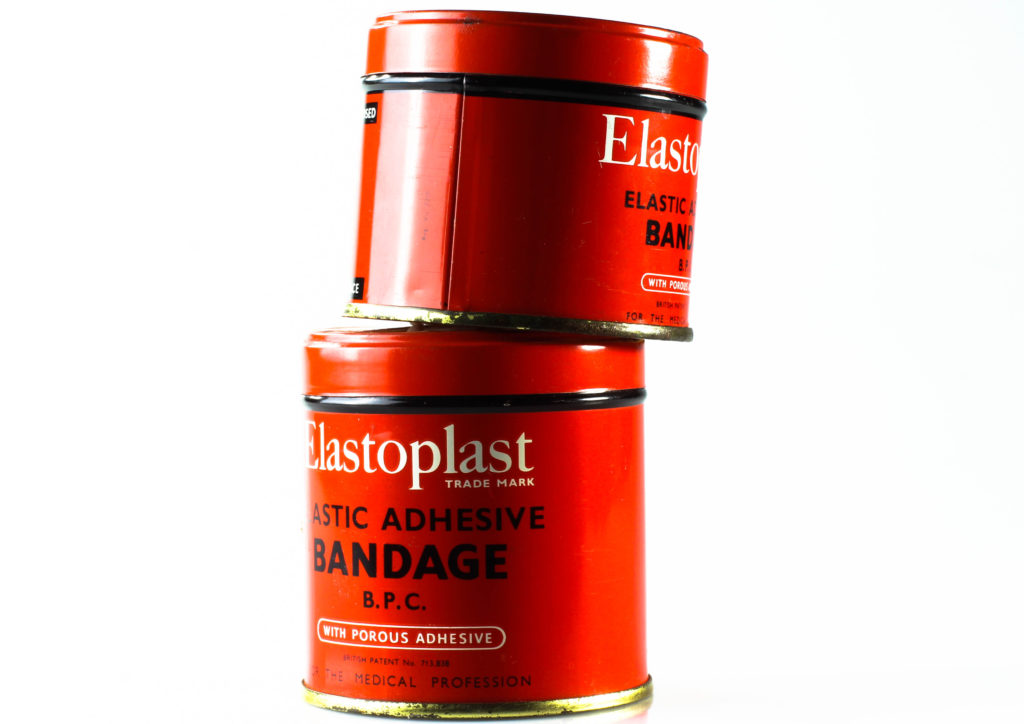
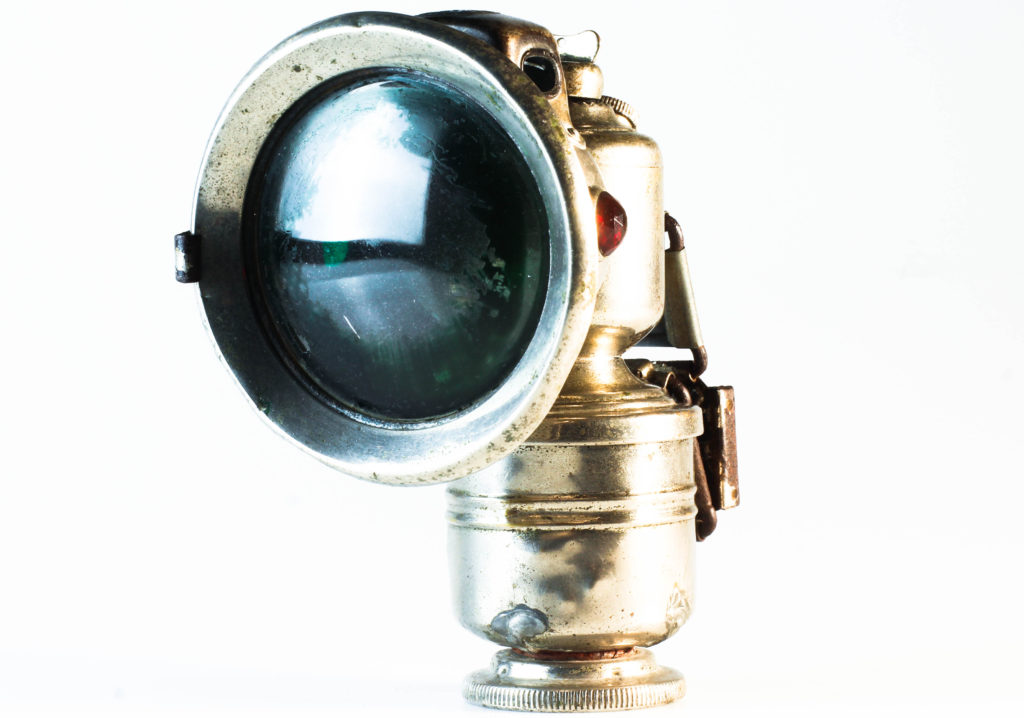

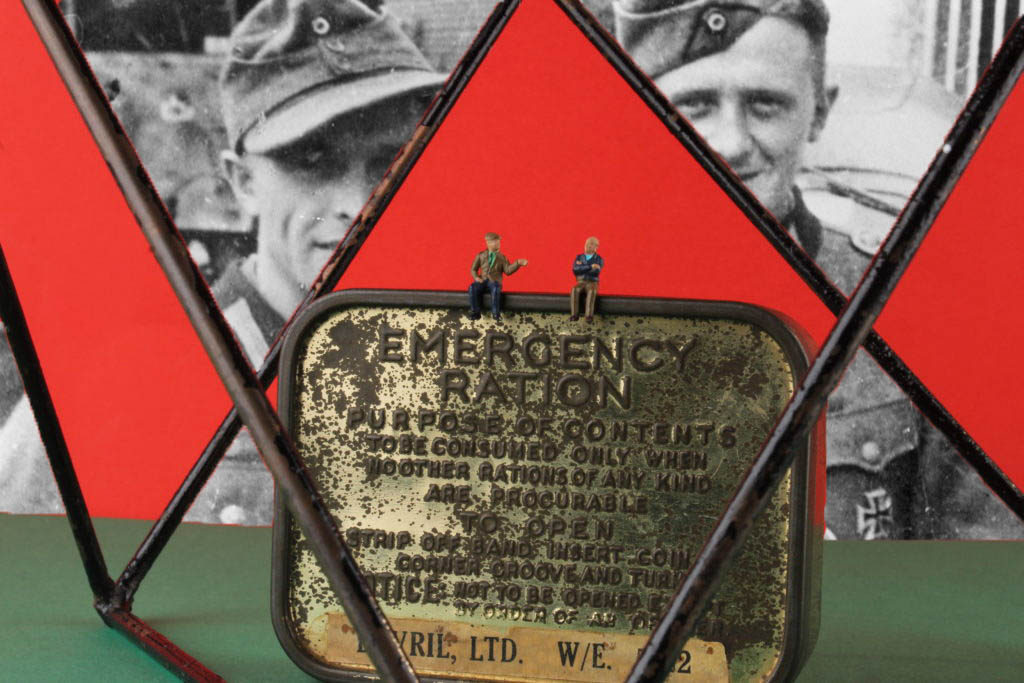
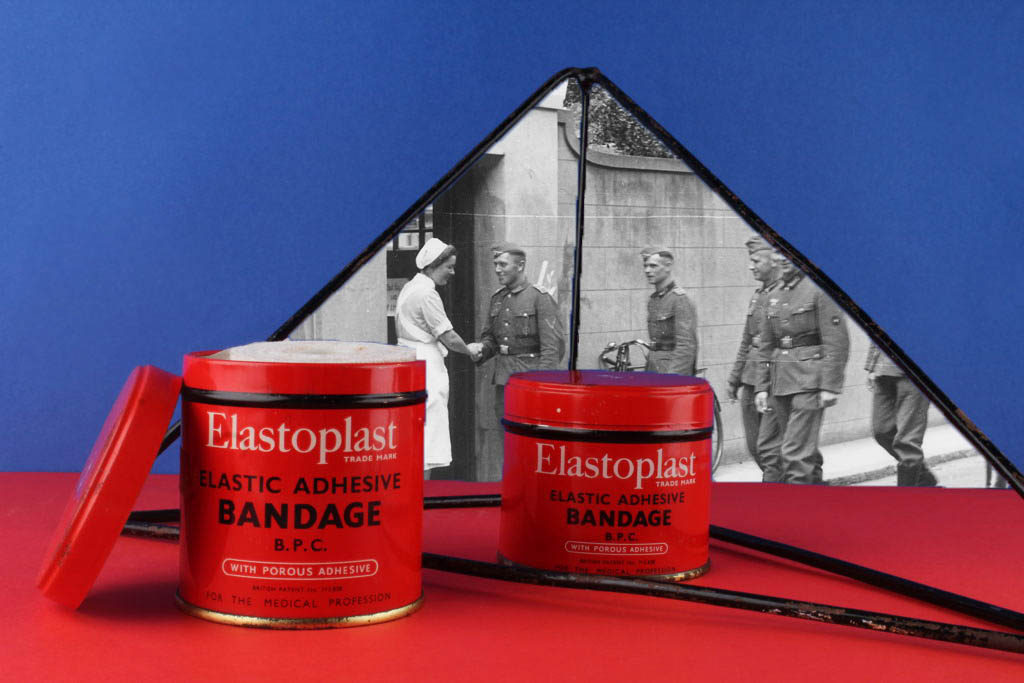
Landscapes, People and objects also played a very important role on influencing my project, as those 3 things are very personally related to the occupation and that gave my outcomes throughout this project a sense of authenticity that otherwise wouldn’t be possible. Landscapes that inspired me were in ares where certain important events in the occupation had occurred, such as the bunker sights. Namely, occupation survivors such as Joan Tapley and Bob le Seur also played an important part of my project as learning more about them and their personal stories allowed me to incorporate real life first hand events into my research and discovery. Lastly, the occupation objects I photographed were important because I they gave my project a more metaphorical connection to the occupation.
For my second zine, I will be using manly the images I have taken of the occupation objects and people, and also some archive images. I think this will be very interesting as I have already shown the story of the occupation in my previous zine through the physical aspects in Jersey, but now I will be able to tell it in a more personal way, through the objects and portraits.
I want my zine to have a structure to it, or to have some sort of pattern to it. I first started of by using the initial images I had taken of the objects and placed them on every other double page spread since they were landscape images. I had to edit one other image in order to have enough.
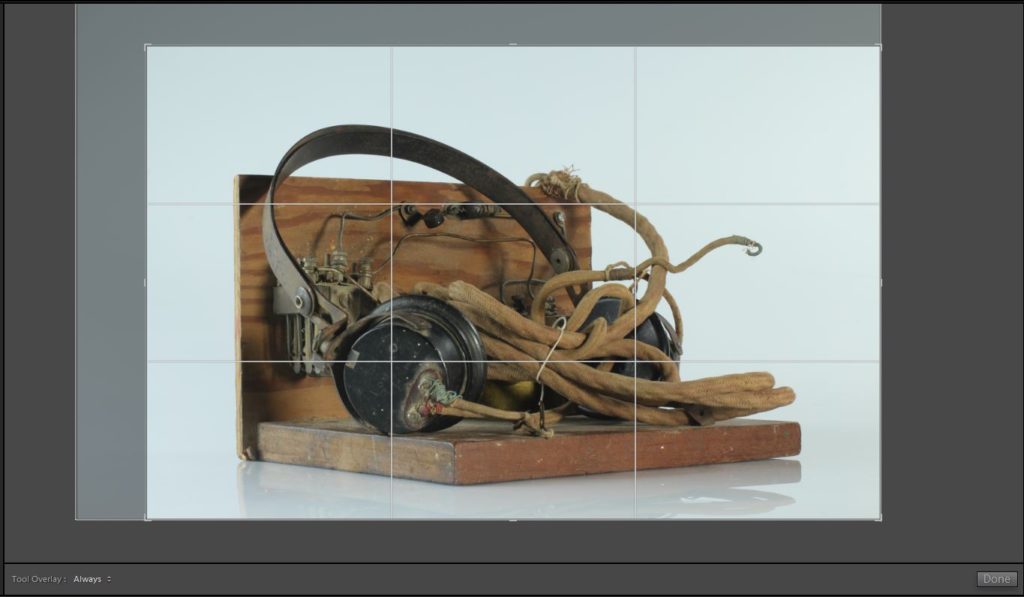
To begin, I cropped the image so that the empty space was more even the whole way around the image, as there was a lot more on the top left hand side compared to around the rest of the image.

Here you can see how I developed my original image. Increasing the exposure and the contrast helped to make the image stand out vividly, while also making the background a plain white colour. I increased the shadows and highlights as this helped get rid of the darker tint the background had. I increased the vibrancy to add an extra pop of colour to the object, and I decreased the saturation since increasing the vibrancy added a yellowish tint to the background.
Initial image vs. edited image

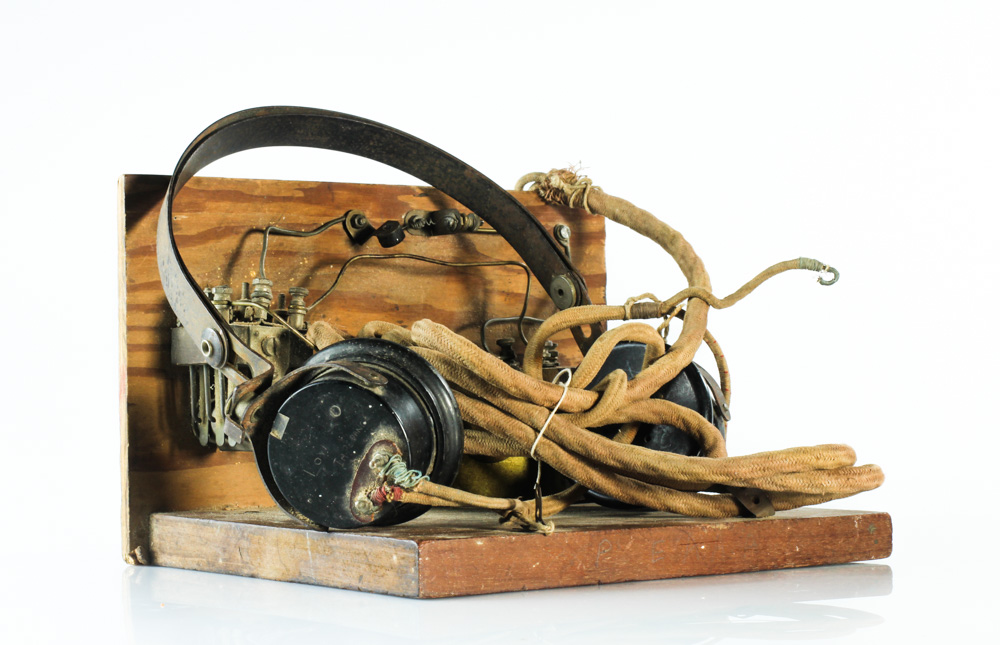
Here you can see what my layout looked like after adding these initial images to my zine design:


I then added in 2 archive images which you can see below:

I decided I wanted to include these 2 archive images because they both show people during opposite stages of the occupation. The first archive image shows the silhouette of a soldier, which I placed at the beginning of my zine as I wanted to show the images in chronological order, and this picture shows a soldier standing in full combat uniform showing the intensity of the beginning of the war. My last archive image shows the end of the occupation, as you reach the end of the zine.
I also added the image below into my zine, instead of the image of the 3 objects together. I did this because I thought it would look best to have all my full bleed pages displaying an image with only 1 object in them as it makes the narrative flow better.
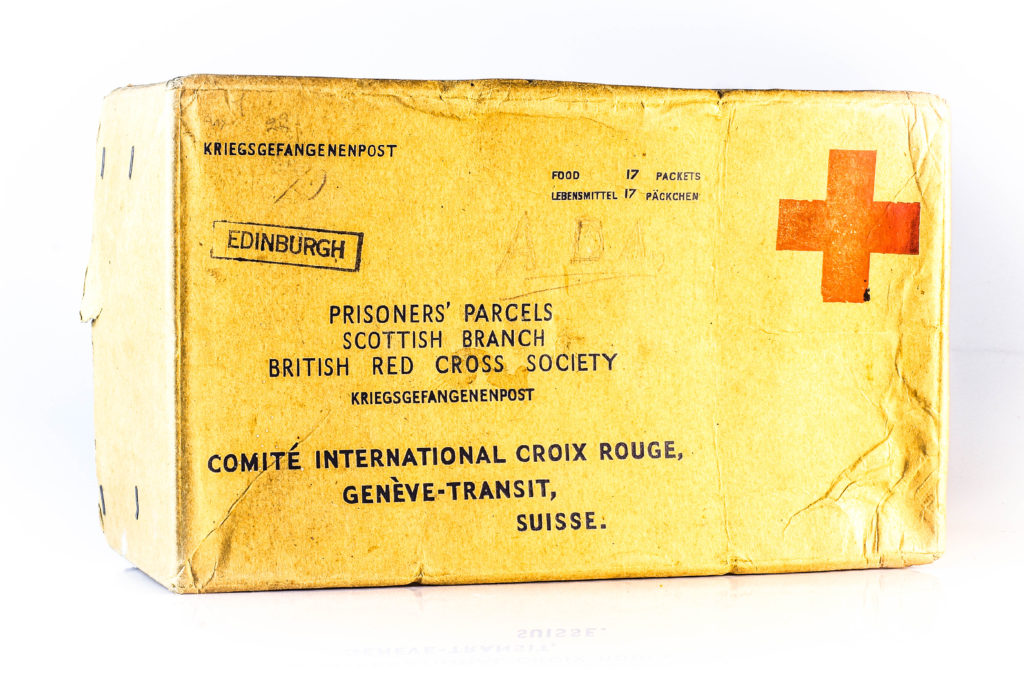
You can also see that I added 2 different quotes onto the pages opposite my archive images as I thought this would help make them impact the viewers emotion more if there was some text to add context. The first quote I placed in the zine was from Joan Tapley who’s a Jersey occupation survivor. I chose this specific quote because it was very hard hitting, and I think it fit perfectly with the silhouette of the soldier as the quote was originally about how Joan’s father had acted in a slightly inhumane way towards an unknown soldier. My second quote was by from a speech given by Winston Churchill, “blood, sweat and toil”. I thought this quote was fitting to display next to an image of liberation day because those three very powerful words are almost a reflection of the 5 years of hardship faced by Jersey people.
Lastly, I thought about the front and back cover and the title of my zine. I decided on the title “objects of the occupation”. The word “objects” refers to both the physical objects, and also the people, since I also view the people as being objects of the occupation. I wanted this title to stand out by itself in order for the metaphorical meaning of it to be clearer and more easily absorbed by the audience.
Final Zine layout



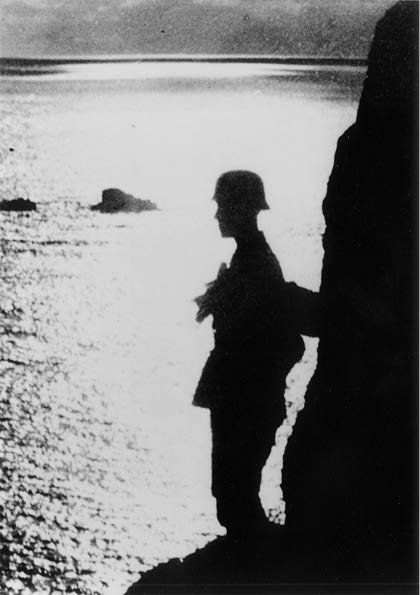

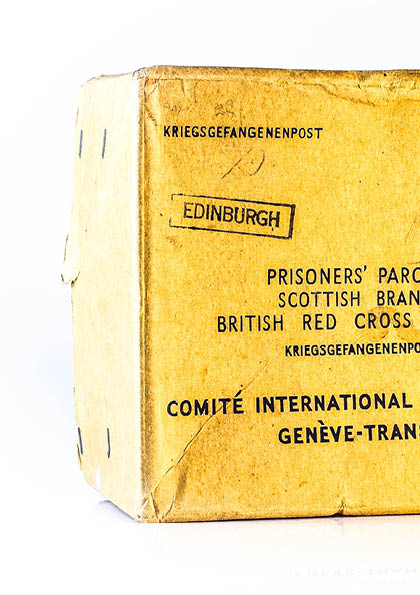
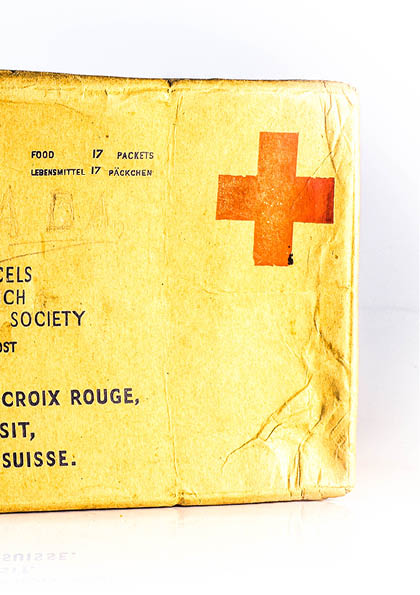


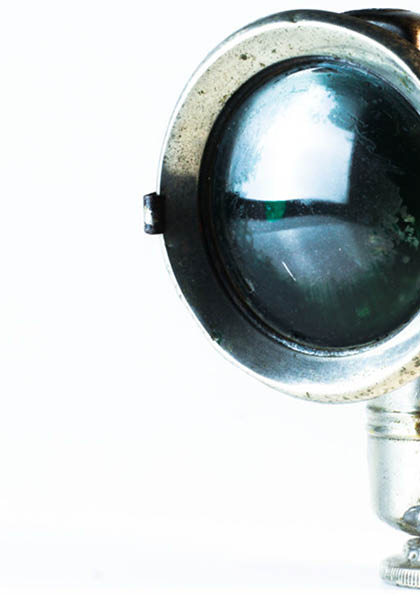

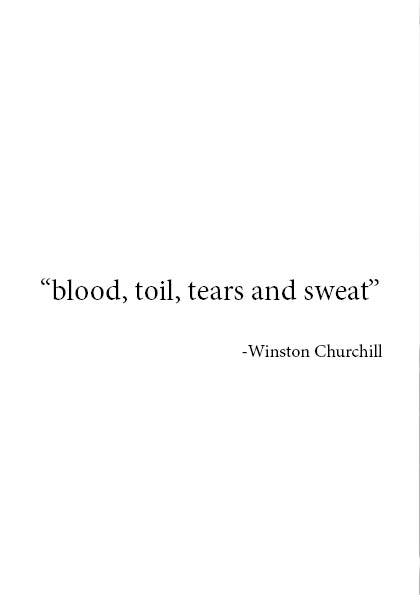
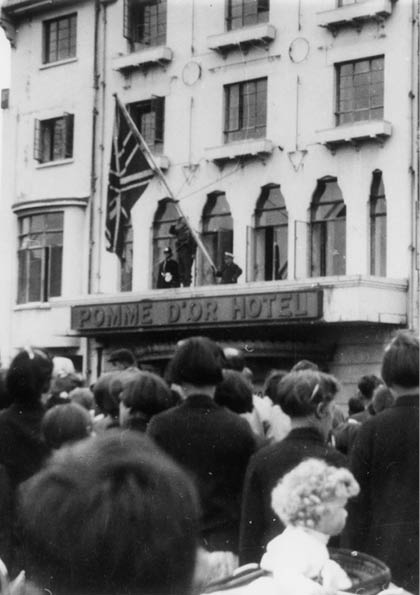
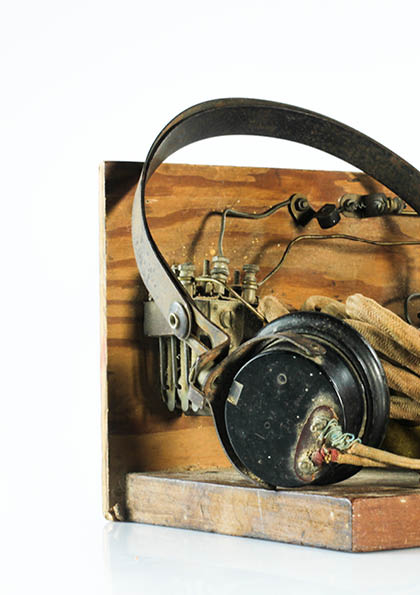



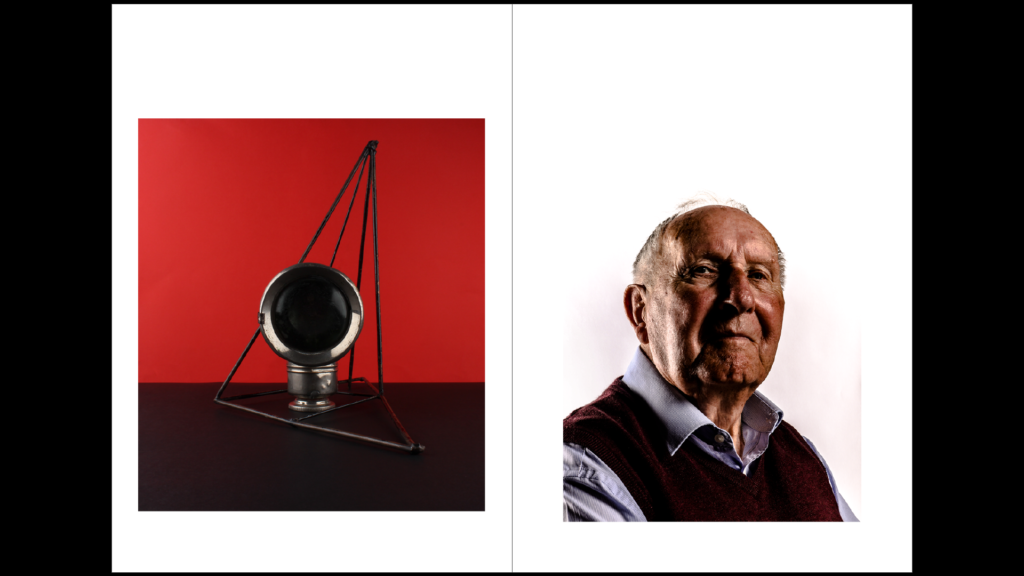




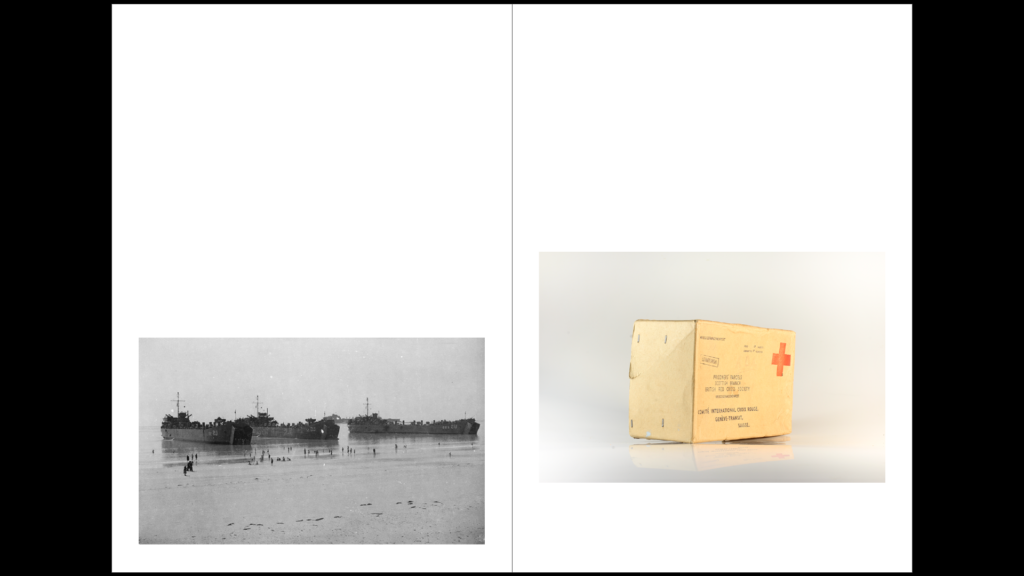

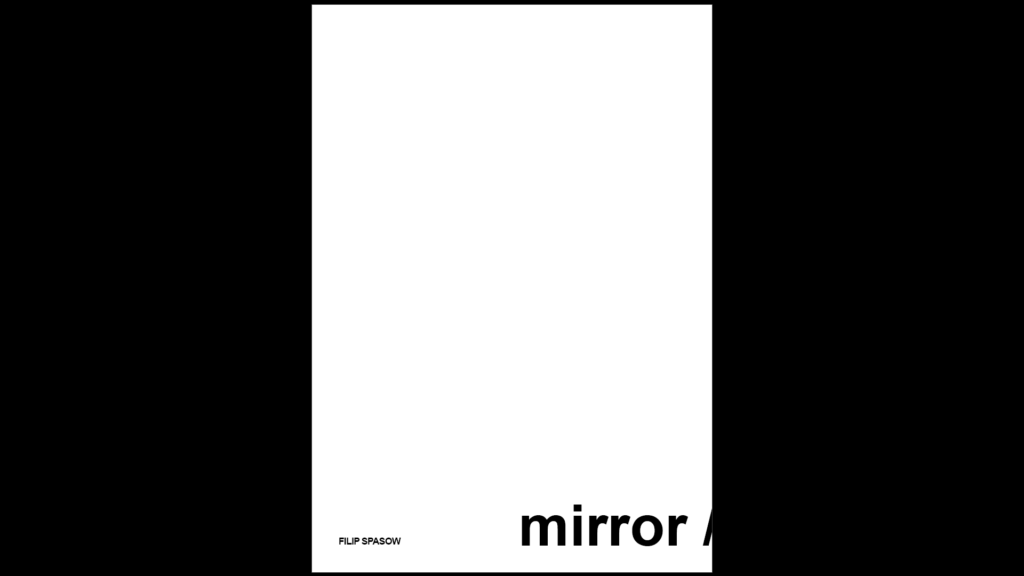
Narrative:
In this zine I want to show objects and people of the occupation as one. I will be doing this through the use of my own images, through the use of archive images and potentially some text. I decided to focus on both people and objects as I believe they go hand in hand, and displaying them together can help explain the occupation through a more personal way. Because I think both objects and people go together, I will make sure to include a photomontage in my zine as my montages show images of people and objects merging together and this perfectly demonstrates how there is correlation between the two.
Sequencing:
Since my zine is going to contain a mixture of archive images, text, and my own images I want to make sure there is a specific order to make sure my zine doesn’t end up looking unorganized. I plan on using a mixture of full bleed, and single pages in order to display my images in a successful way. I may also experiment with different way of placing my images on the page, such as trying different types of borders in order to make my images stand out.